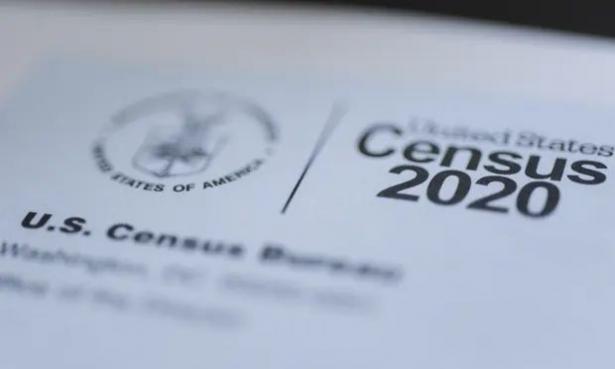The 2020 US census undercounted America’s Latino population at more than three times the rate of the 2010 census, according to a report released on Thursday by the US Census Bureau.
The census also undercounted the nation’s Black and Native American residents, while overcounting non-Hispanic white people and Asian Americans.
The census helps guide the annual federal distribution of $1.5tn for public services including education, healthcare and transportation. Undercounting communities results in reduced political representation on local, state and federal level.
The 2020 US census undercounted America’s Latino population at more than three times the rate of the 2010 census, according to a report released on Thursday by the US Census Bureau.
The census also undercounted the nation’s Black and Native American residents, while overcounting non-Hispanic white people and Asian Americans.
The census helps guide the annual federal distribution of $1.5tn for public services including education, healthcare and transportation. Undercounting communities results in reduced political representation on local, state and federal level.
According to the report, Latinos had a net undercount of nearly 5%. The Black population had a net undercount of 3.3%, a slight increase from a 2.1% shortfall a decade ago. American Indian and Alaska Natives living on reservations had a net undercount of 5.6%, up from 4.9% in the last census.
The non-Latino white population had a net overcount in the 2020 census of 1.6% while Asians had a net overcount of 2.6%.
In comparison, the non-Latino white population had a net overcount of 0.8% in 2010 while Asians had a net undercount of 0.08% that year.
Overall, the 2020 census overlooked 0.24% of the total US population. In 2010, the census missed 0.01% of the national population.
During a webinar on Thursday, the Census Bureau director, Robert Santos, said numerous factors played a role in the undercount of the Latino community, including the pandemic and increased joblessness and housing insecurity.
“I’m personally not surprised to see the results we see today,” he said.
Arturo Vargas, CEO of NALEO Educational Fund, expressed concerns about the undercount during the conference, saying that throughout his 35 years of tracking the census, he had never seen such a significant undercount in the Latino population.
“As you can imagine, we are just terribly – I can’t even find the word right now – upset about the extent of the Latino undercount,” Vargas said.
“These numbers are devastating. Once again, we see an overcount of white Americans and an undercount of Black and Hispanic Americans,” the National Urban League CEO, Marc Morial, told reporters on a phone call. “I want to express in the strongest possible terms our outrage.”
The report cited various factors that influenced the undercounts, stating, “The 2020 Census faced many challenges, such as conducting fieldwork during the Covid-19 pandemic. Other challenges … included controversy around a proposed citizenship question, and changes in the duration of the Nonresponse Followup and other operations.”
In 2019, the Donald Trump administration proposed adding a question to the 2020 census which would ask: “Is this person a citizen of the United States?” The proposal, which eventually failed, led to concerns that many Latinos and immigrants would not return their census forms out of fear that their responses could be used against them.
Despite the undercount, the bureau said that the results are “fit to use” for redistricting and are of “high quality”.
“In fact, the quality of the 2020 census data is quite remarkable amid all the challenges we faced last year,” the bureau said.
Maya Yang is a freelance journalist.
Lend The Guardian a hand in 2022
More than 1.5 million people in 180 countries now fund The Guardian's fearless, independent journalism. Will you lend us a hand in 2022? This vital support means we can remain independent of shareholders or a billionaire owner, free to report relentlessly on world events. It means we can keep Guardian reporting open for everyone. Every contribution, however big or small, powers our future. Support us for the new year and beyond, from as little as $1. Thank you.


Spread the word